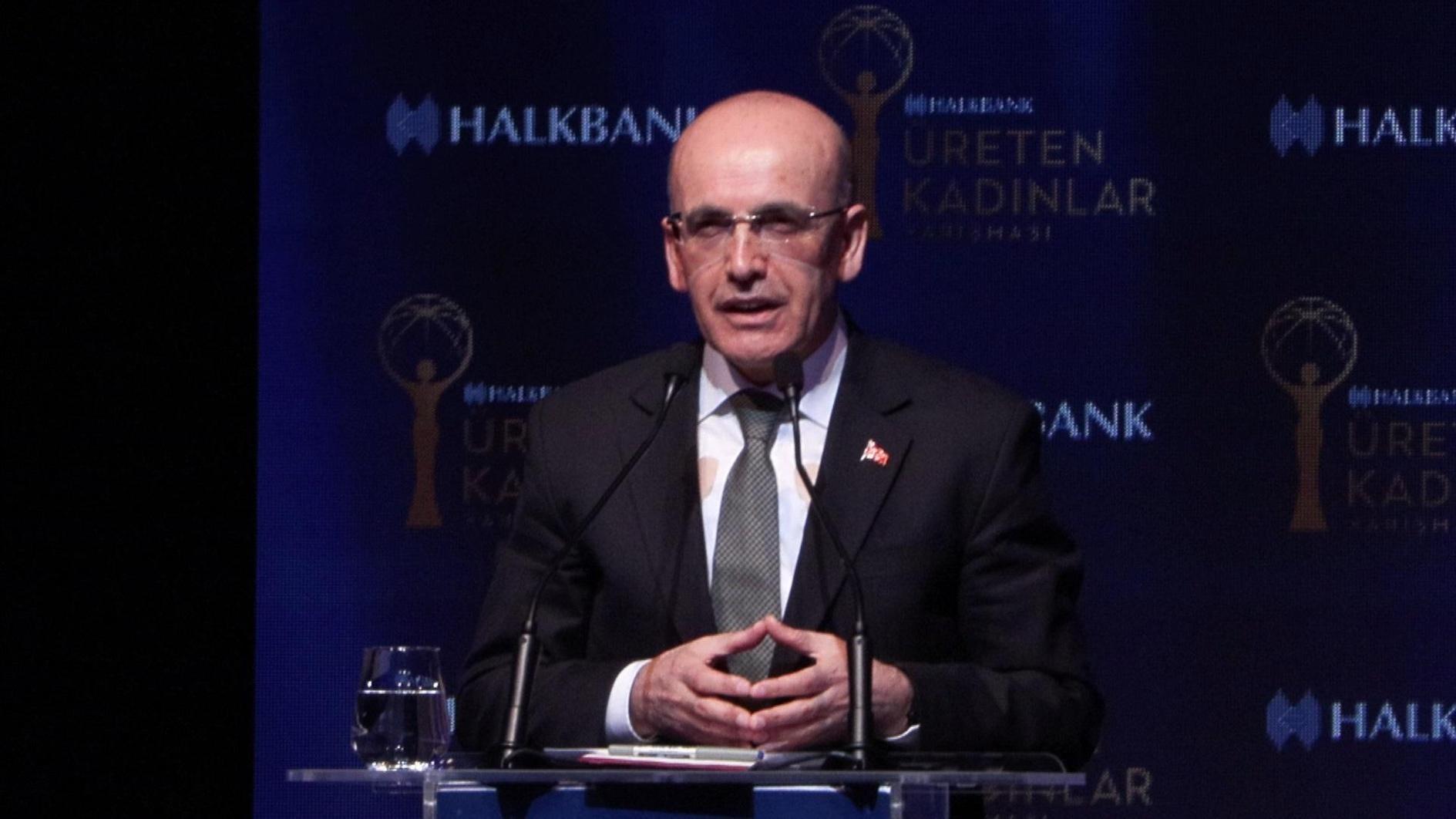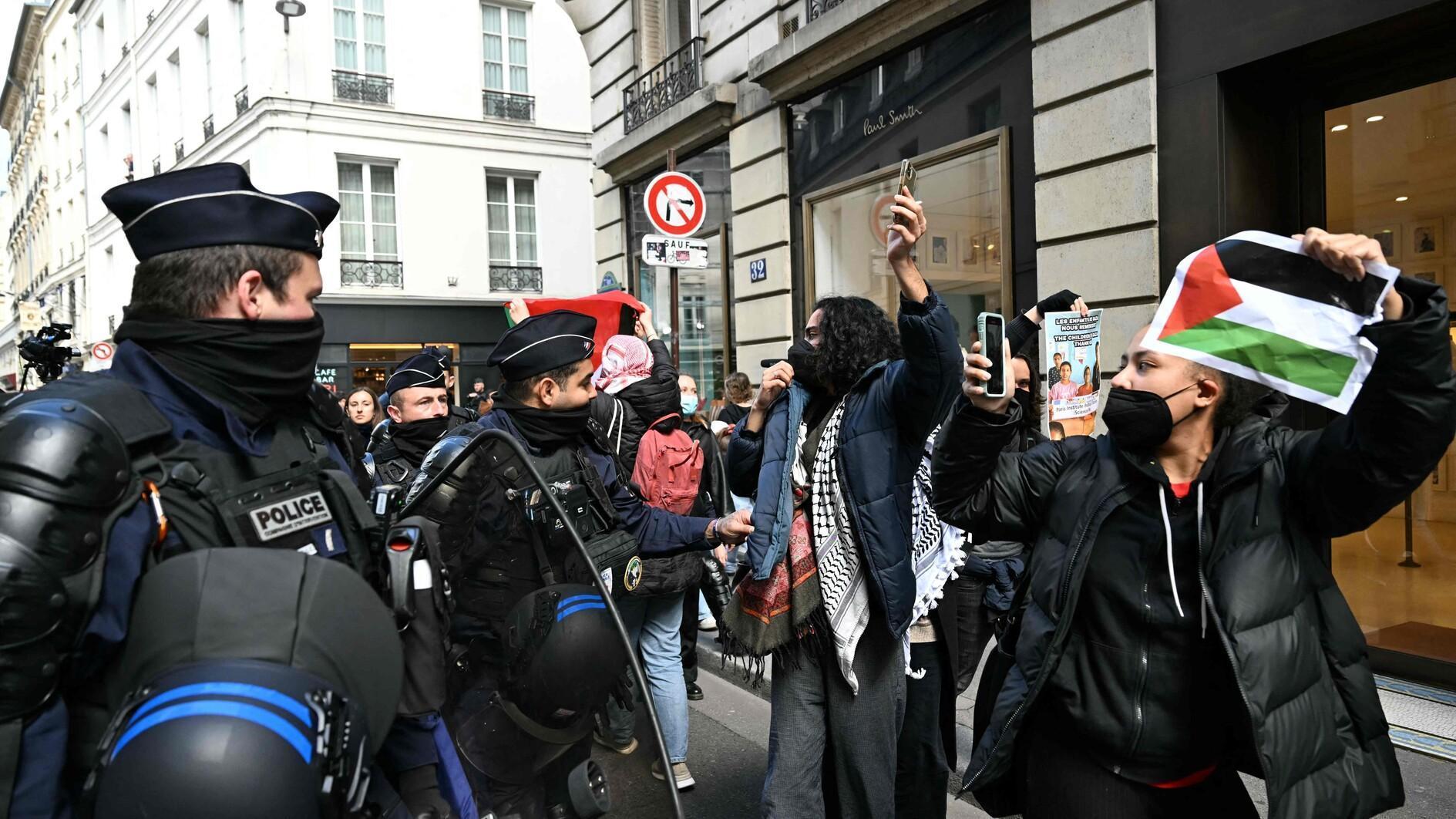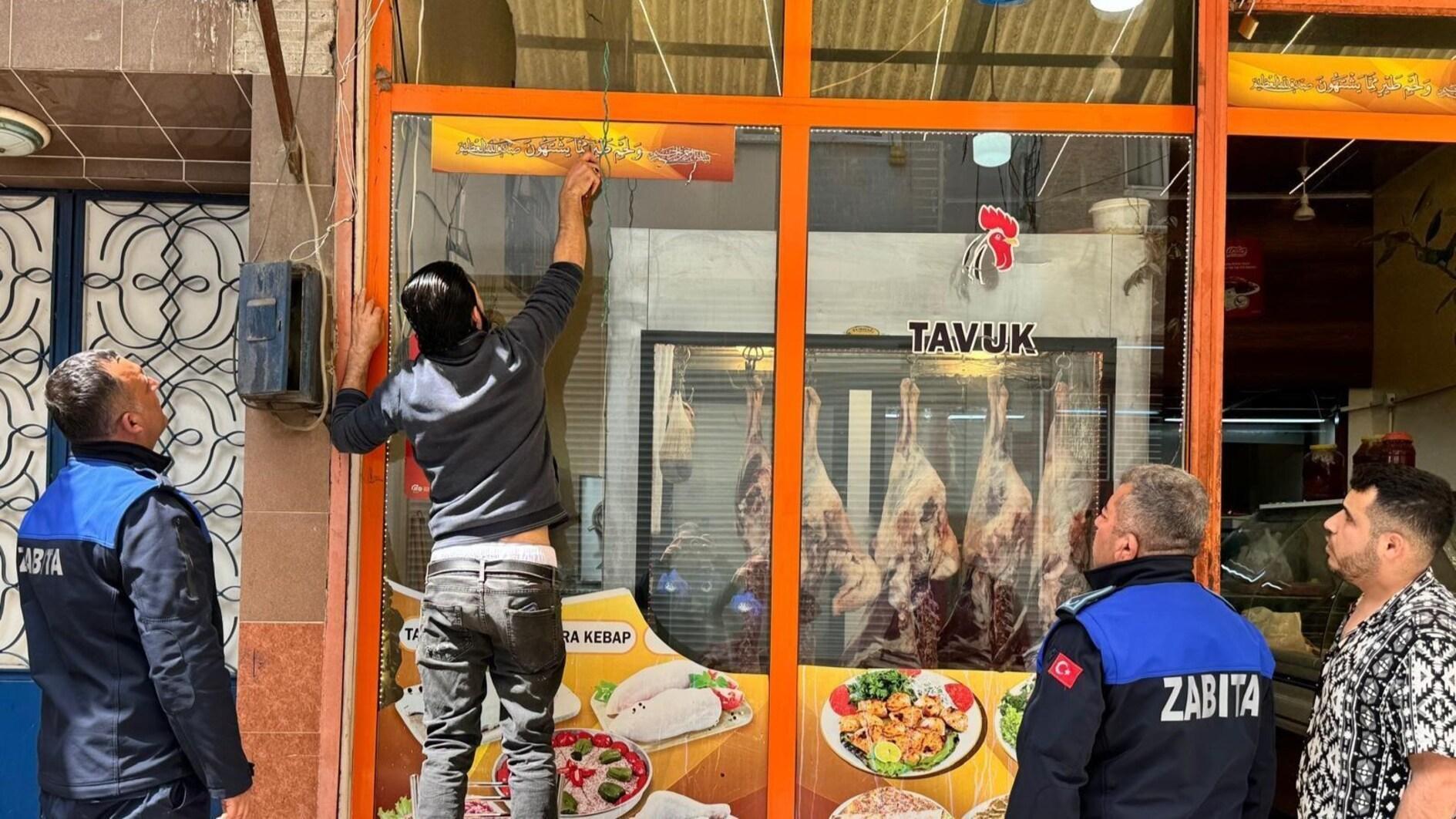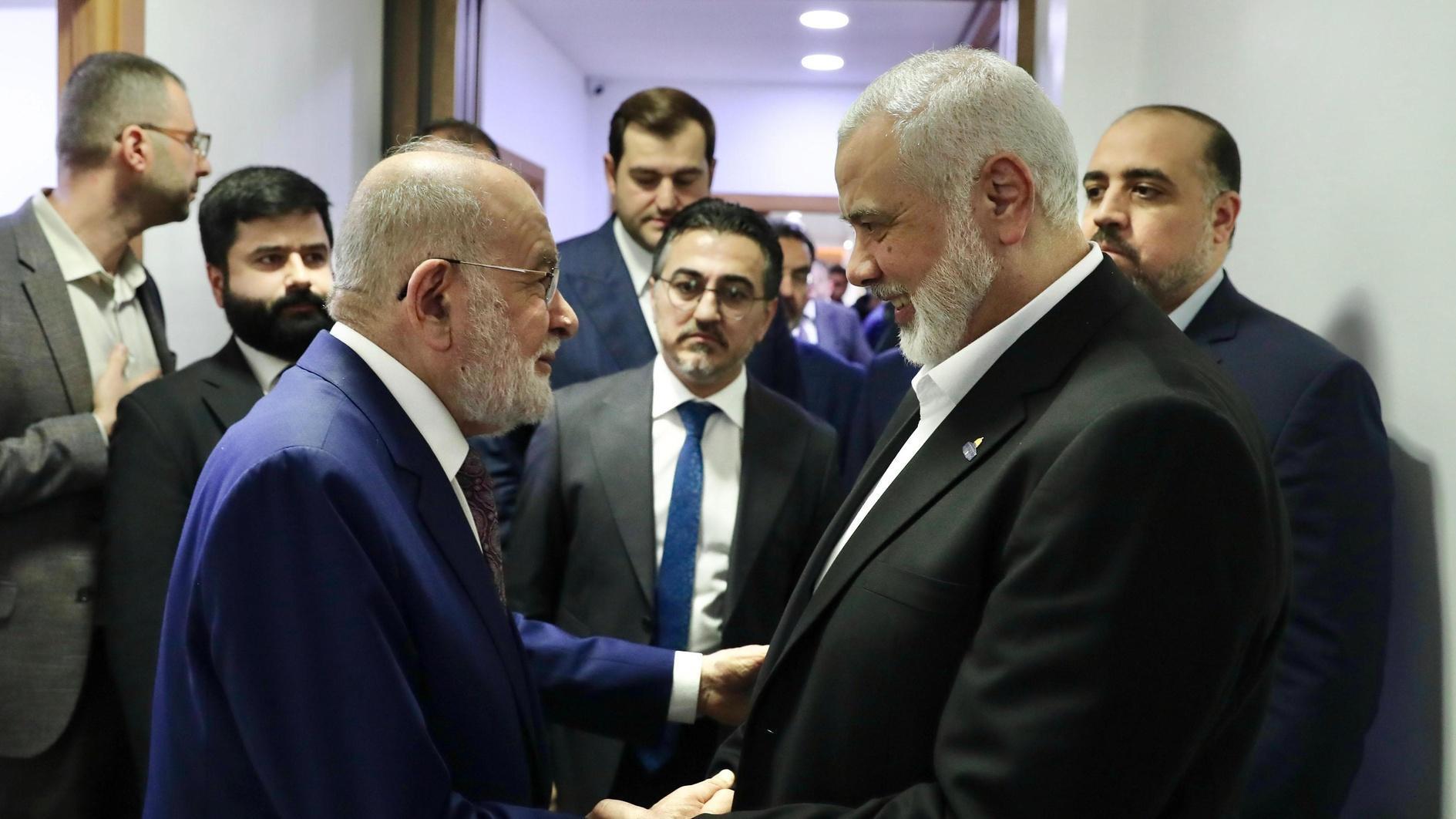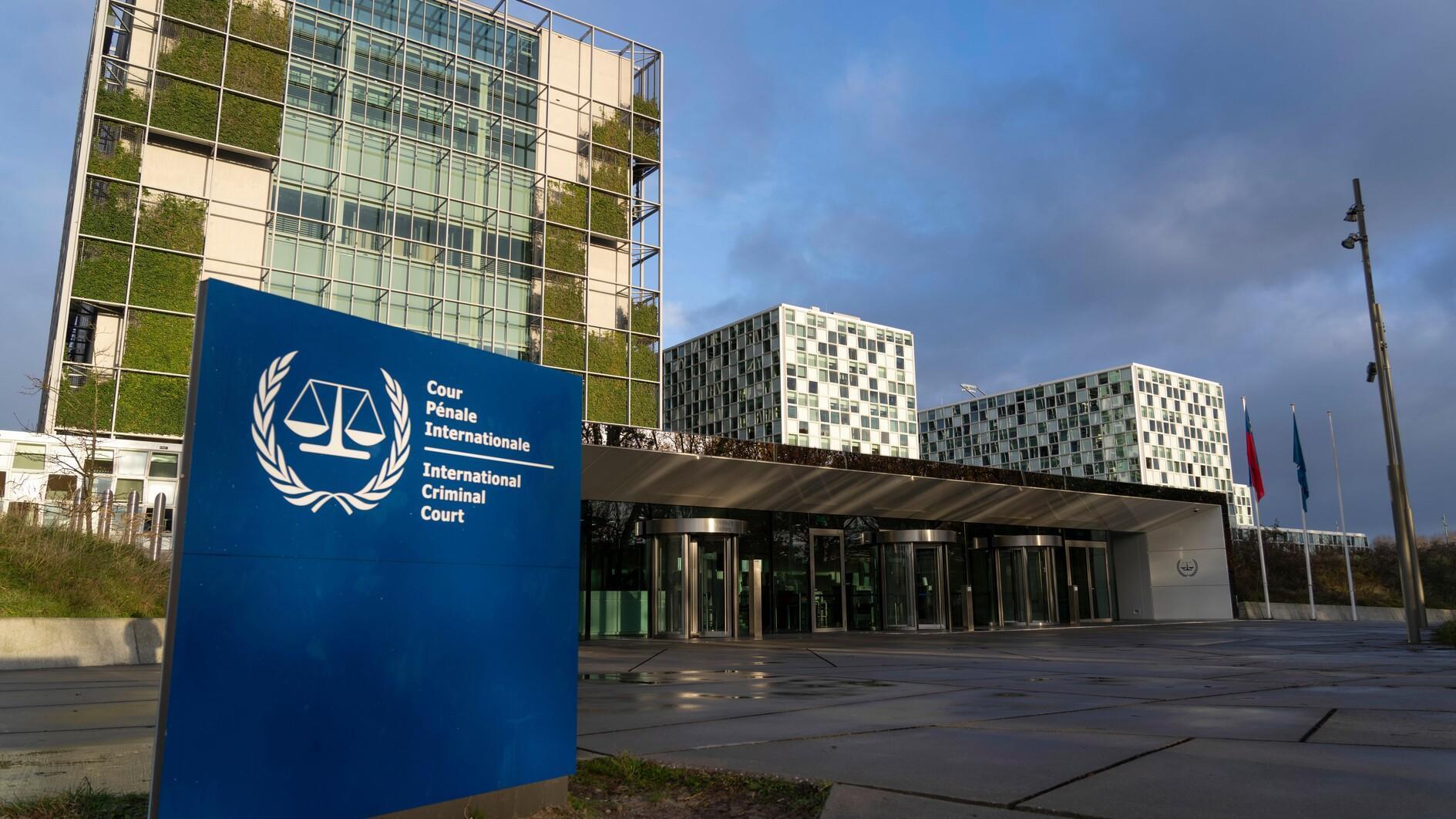The usual Turkish style in the second bid for third bridge
METİN MÜNİR
If you asked what has the most customers in Istanbul, I guess the answer would be the bridges across the Bosphorus.The bridges have a huge number of customers, and the figure increases every year. According to data from the General Directorate of Highways, last year 152 million vehicles crossed both of the Bosphorus bridges. A decade ago, this figure was 120 million.
The bridges print money, so to speak, and at the same time cannot meet the demand. Under these circumstances, failing to find financing for the third bridge requires the skill of a genius.
Transportation Minister Binali Yıldırım has demonstrated this genius. He does not want to build the third bridge in the central zone where traffic is jammed but in a place in the north of the city, near the Black Sea. The factor that determines the selection of location is not the easing of traffic, but the zoning of Istanbul’s vacant areas for housing and to create construction income unprecedented in the city’s history.
For the moment, there is almost no traffic at the location selected for the bridge, and there is not much of a traffic flow expected in the foreseeable future. Where there is no traffic, there is no income and when there is no income, it is impossible to find financing from banks.
In fact, it was not possible and there were no bidders in the first round of the tender. Yıldırım gave a “traffic guarantee” to spice up the project. The money equivalent of the passage of 100,000 vehicles a month was to be paid regardless of the actual traffic. This guarantee was not adequate. The figure was increased by about one-third. The project was reduced by half with the removal of a major portion of the connecting roads. And a new tender has been opened. Companies are expected to bid in April.
Will they submit their offers this time?
The bankers I have spoken to, as well as those bureaucrats involved, have not been optimistic. We are talking about a risk of about $2 billion for banks. The international situation is not suitable for long term loans of this size.
One banker said, “At this stage, the project is dead.”
How did we come to this point?
Because the Transportation Ministry assumed it would overcome the challenge with calculations done on the back of a cigarette pack.
It did not conduct a feasibility study; it did not plan a project. It did not conduct thorough market research, and it did not listen to the State Planning Organization’s (DPT) warnings.
It proceeded in the Turkish style (ala Turka). And continues to do so.
I guess Yıldırım is not very hopeful either. In a speech he delivered the other day, he said he was expecting an offer from China. He must be hoping that China, just to seize such a prestigious business, will ignore commercial considerations, or maybe that it will not nitpick as much as Western banks.
Can that happen? It can. Just as the Russians have ignored commercial considerations and help start the nuclear power plant business, the Chinese can also embrace the bridge business.
Whoever embraces it, there is one thing you can consider definite. The treasury will pay the bill of the traffic guarantee for many years.
mmunir@milliyet.com.tr
Metin Münir is a columnist for daily Milliyet in which this piece appeared on Feb. 17. It was translated into English by the Daily News staff.


